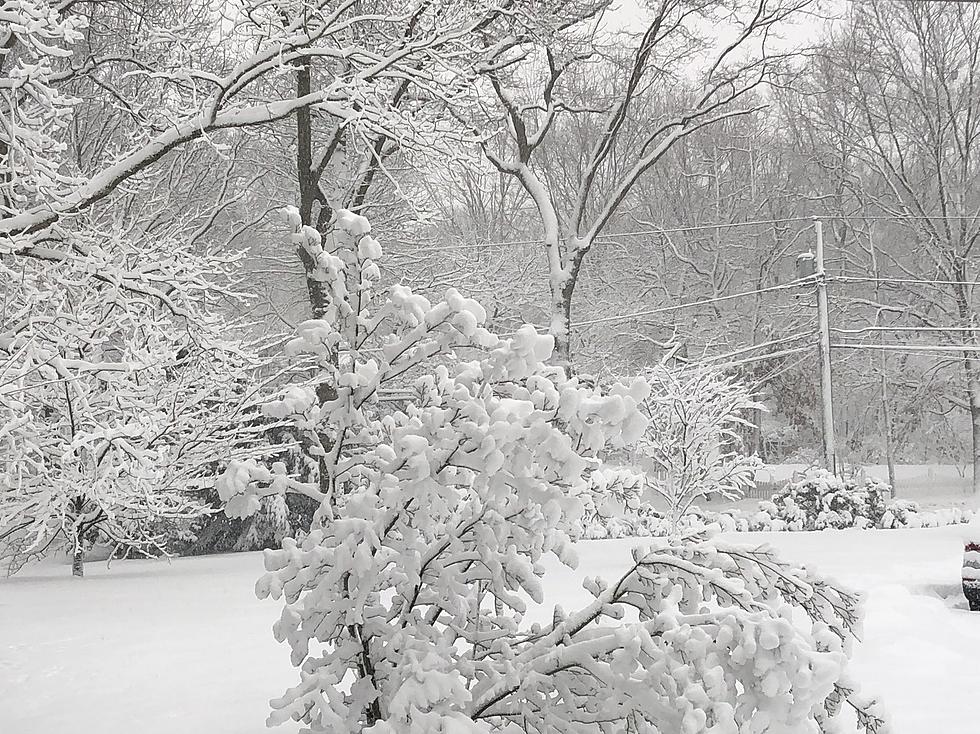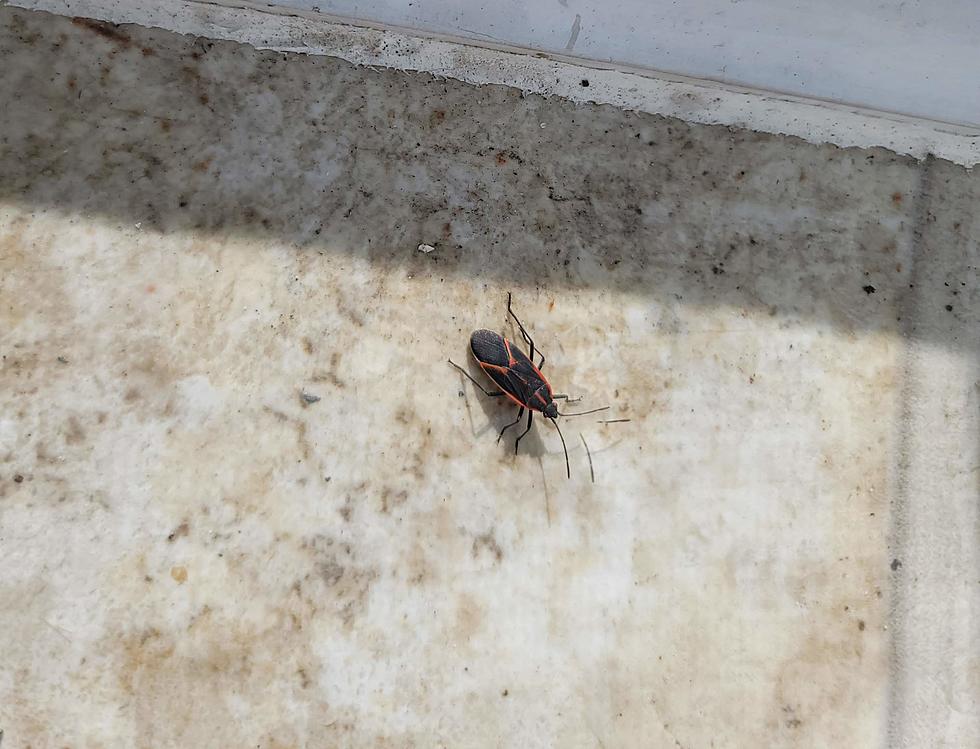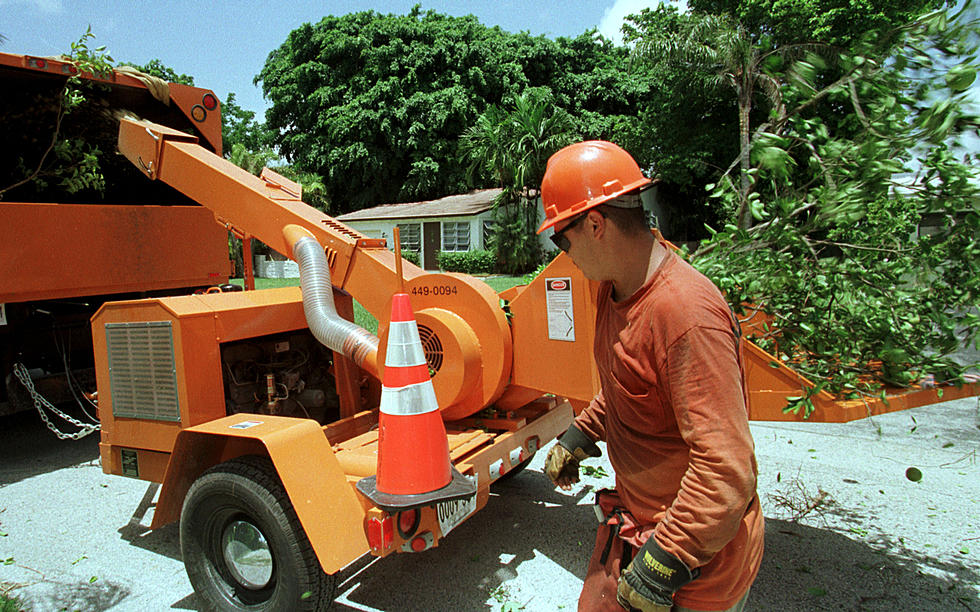
Winter Is Coming, When Will Mid Michigan See Its First Snowfall?
When I was a kid in school, I remember one of my teachers saying the first snow day is dedicated to love, kids, and childhood memories. So of course we would gather when the first snowfall came.
She also said that some folks believe that if you make a wish during the first snowfall, it is going to come true.

I must admit I am not a big fan of winter, but I do enjoy a good snowfall especially the first one of the year. Like it or not though, winter is on its way. There has been a bit of a chill in the air lately, and we will only be in the mid-50s for a high this weekend.
When We Will See First Snowfall
According to the NWS and mlive.com, many in west and mid-Michigan will probably see the first decent snow to fall in early November. Around Nov. 8th in Grand Rapids, and Nov. 9th in Lansing, and Nov. 15 in the Muskegon area.
There are outliers, of course, with the earliest and latest snowfalls varying through the years. The earliest Grand Rapids has seen snowfall was on Oct. 7, 2000, while the latest was on Dec. 5th, 1948. The earliest Lansing has seen snowfall is Oct. 12, 1909, while the latest was Dec. 18, 1883. Muskegon’s earliest snowfall was on Oct. 7, 1978, and its latest was on Dec. 24, 1918, according to the NWS.
So there you have it, kids. If you are not prepared for winter? well, you can get some tips on how to be prepared at michigan.gov/miready.
Good Things About Winter In Michigan
Also, think of the positive stuff we will be doing like skiing, hot chocolate by the fireplace, Thanksgiving and turkey, Christmas and family, and a great kick-off to what will be a great year for all of us, 2022.
UP NEXT: 10 Signs That Michigan Will Have an Awful Winter
Frozen Lake Michigan - South Haven Feb 2021
LOOK: The most expensive weather and climate disasters in recent decades
More From 1240 WJIM AM









